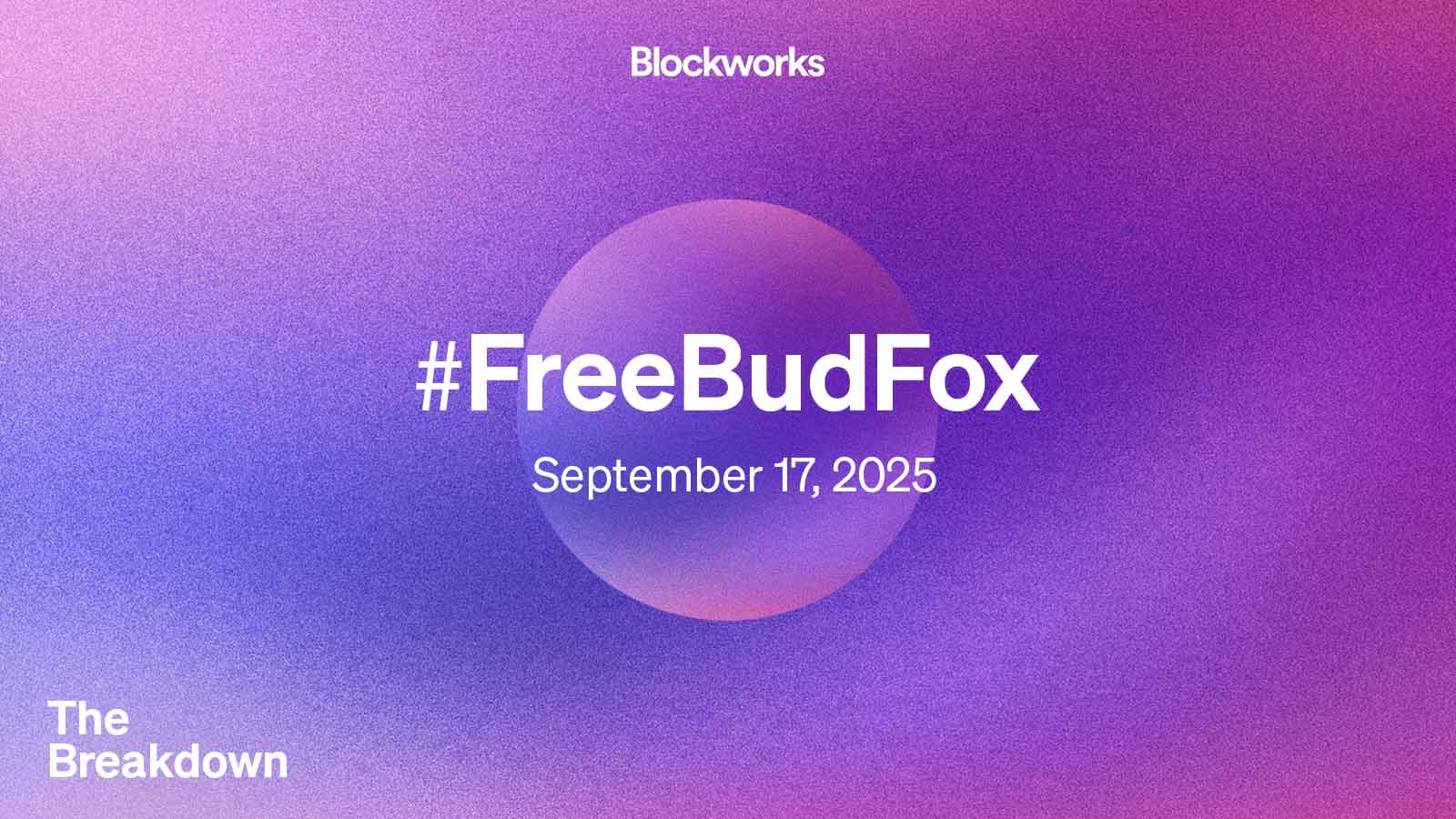Lombard Finance has launched its liquid-staked Bitcoin token, LBTC, on Solana, bringing yield-bearing Bitcoin to the high-throughput blockchain.
The token, which represents Bitcoin staked through a decentralized consortium of 14 regulated custodians, has a circulating supply of around 1.5 billion LBTC and generates roughly 1% yield denominated in BTC.
According to Lombard, the move enables users to deploy LBTC across Solana’s decentralized finance platforms for lending, perpetual trading, and other applications without sacrificing speed or security. The expansion follows LBTC’s rapid growth across Ethereum and other ecosystems, where it has reached more than $2 billion in supply and established integrations with over 70 protocols.
Earlier this month, Lombard introduced automatic yield accrual, simplifying user experience by embedding staking rewards directly into the token’s value. Partners on Solana include Drift, Jupiter, Kamino, Meteora, and oracle providers such as Pyth and RedStone, positioning LBTC as a base asset in trading and liquidity strategies.
In the release, Solana Foundation growth lead Jiani Chen welcomed the news, saying “Lombard’s LBTC is the first yield-bearing Bitcoin to join the ecosystem, with the scale and liquidity needed to position Solana as a high-performance liquidity hub for BTC. LBTC’s native yield and deep DeFi integrations unlock a new chapter for Solana DeFi.”
This article was generated with the assistance of AI and reviewed by editor Jeffrey Albus before publication.
Get the news in your inbox. Explore Blockworks newsletters:
Source: https://blockworks.co/news/lombard-lbtc


